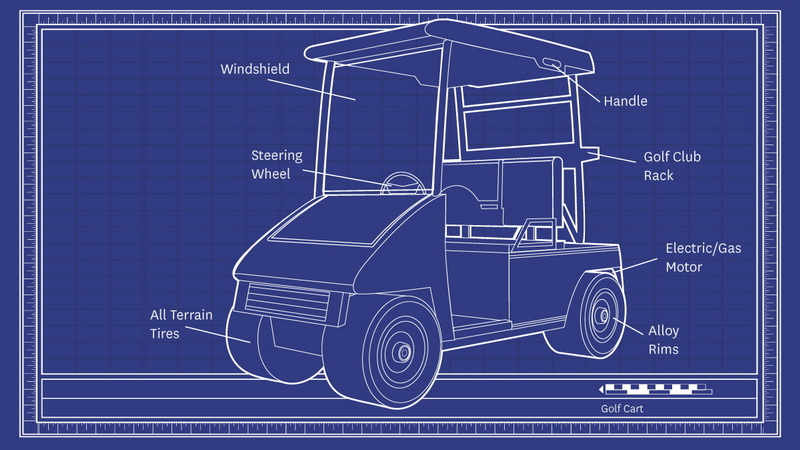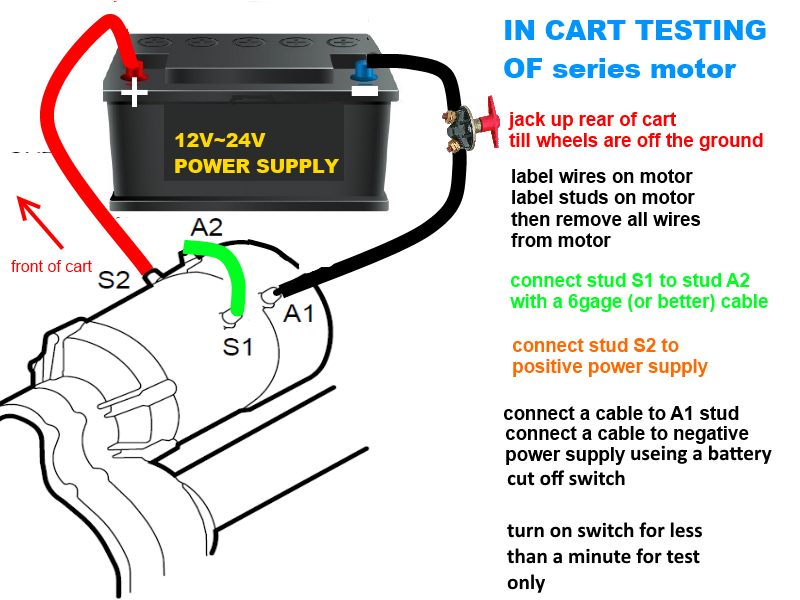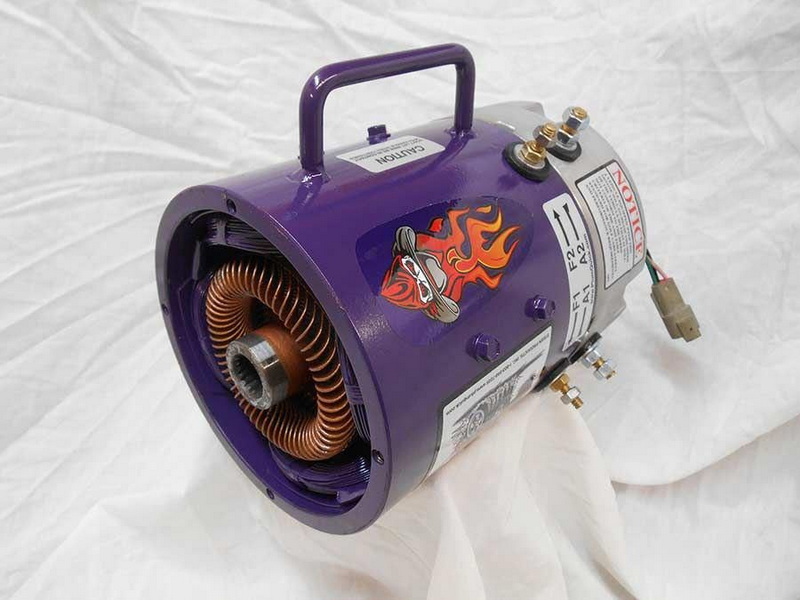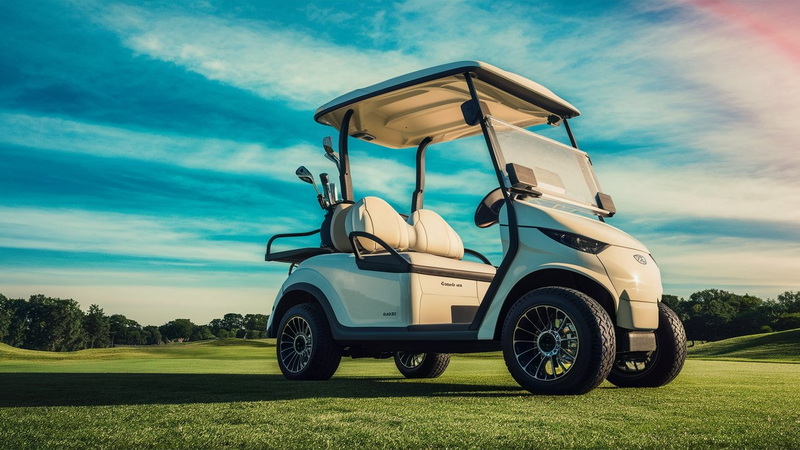Content Menu
● Introduction to Electric Golf Carts
● Components of an Electric Golf Cart Motor
● How the Electric Golf Cart Motor Works
>> Step 1: Powering Up
>> Step 2: Accelerating
>> Step 3: Maintaining Speed
>> Step 4: Deceleration and Braking
● Types of Electric Golf Cart Motors
>> Series Wound Motors
>> Separately Excited Motors
● Maintenance of Electric Golf Cart Motors
● Advantages of Electric Golf Carts
● Conclusion
● Frequently Asked Questions
>> 1. What type of battery is best for an electric golf cart?
>> 2. How long does an electric golf cart battery last?
>> 3. Can I convert a gas golf cart to electric?
>> 4. How fast can an electric golf cart go?
>> 5. What maintenance is required for electric golf carts?
Introduction to Electric Golf Carts
Electric golf carts have become increasingly popular for their efficiency, ease of use, and eco-friendliness. Understanding how the electric golf cart motor works is essential for anyone interested in maintaining or operating these vehicles. This article will delve into the mechanics of electric golf cart motors, their components, and how they function together to provide a smooth ride.

Components of an Electric Golf Cart Motor
To understand how an electric golf cart motor works, it is essential to familiarize ourselves with its key components:
1. Battery: The battery is the power source for the electric motor. Most golf carts use lead-acid or lithium-ion batteries, which store electrical energy for use when the cart is in operation. Lithium-ion batteries are becoming more popular due to their lighter weight and longer lifespan compared to traditional lead-acid batteries.
2. Motor: The electric motor is responsible for converting electrical energy from the battery into mechanical energy. There are two main types of motors used in golf carts: series wound and separately excited motors. Each type has its advantages and is suited for different applications.
3. Controller: The controller regulates the power flow from the battery to the motor. It acts as the brain of the system, determining how much power the motor receives based on the accelerator pedal's position. Advanced controllers can also provide features like speed control and regenerative braking.
4. Chassis and Drive System: The chassis supports the motor and other components, while the drive system includes gears and axles that transfer the motor's power to the wheels. The design of the chassis can affect the cart's stability and handling.
5. Regenerative Braking System: Some electric golf carts are equipped with regenerative braking systems that allow the motor to act as a generator when the cart slows down, converting kinetic energy back into electrical energy to recharge the battery. This feature enhances the overall efficiency of the cart.
How the Electric Golf Cart Motor Works
Step 1: Powering Up
When the golf cart is turned on, the battery supplies electrical energy to the controller. The controller monitors the voltage and current from the battery and determines how much power to send to the motor based on the driver's input from the accelerator pedal. This initial step is crucial for ensuring that the motor receives the correct amount of power to start moving.
Step 2: Accelerating
When the driver presses the accelerator pedal, the controller increases the power sent to the motor. This increase in power causes the motor to spin faster, generating more torque and propelling the cart forward. The speed of the cart is directly related to the amount of power the controller allows to flow to the motor. The responsiveness of the motor is vital for a smooth driving experience, especially on hilly terrains.
Step 3: Maintaining Speed
Once the desired speed is reached, the controller adjusts the power output to maintain that speed. This is done by continuously monitoring the accelerator pedal's position and making real-time adjustments to the power supplied to the motor. This feature allows for a consistent driving experience, which is particularly important during long rounds of golf.
Step 4: Deceleration and Braking
When the driver releases the accelerator pedal, the controller reduces the power to the motor, causing the cart to slow down. In carts equipped with regenerative braking systems, the motor can switch roles and act as a generator, converting some of the cart's kinetic energy back into electrical energy to recharge the battery. This not only helps in extending the battery life but also improves the overall efficiency of the cart.

Types of Electric Golf Cart Motors
Series Wound Motors
Series wound motors are commonly used in electric golf carts. In this type of motor, the field windings are connected in series with the armature windings. This design allows for high torque at low speeds, making it ideal for applications like golf carts that require quick acceleration and the ability to climb hills. Series wound motors are known for their simplicity and reliability.
Separately Excited Motors
Separately excited motors have their field windings powered by a separate source, allowing for more precise control over the motor's speed and torque. These motors are often more efficient and can provide better performance in various driving conditions. They are particularly beneficial in applications where variable speed control is essential.
Maintenance of Electric Golf Cart Motors
To ensure the longevity and efficiency of an electric golf cart motor, regular maintenance is essential. Here are some tips for maintaining your electric golf cart motor:
1. Battery Care: Regularly check the battery's water levels (for lead-acid batteries) and ensure it is charged properly. A well-maintained battery will provide better performance and a longer lifespan. Consider using a smart charger that can optimize charging cycles.
2. Motor Cleaning: Keep the motor clean and free from debris. Dust and dirt can accumulate and affect the motor's performance. Regularly inspect the motor for any signs of wear or damage.
3. Check Connections: Inspect all electrical connections for corrosion or wear. Loose or corroded connections can lead to power loss and reduced efficiency. Use dielectric grease on connections to prevent corrosion.
4. Regular Inspections: Schedule regular inspections of the motor and other components to identify any potential issues before they become significant problems. This proactive approach can save time and money in the long run.
5. Tire Maintenance: Ensure that the tires are properly inflated and in good condition. Under-inflated tires can increase resistance and reduce the efficiency of the cart.

Advantages of Electric Golf Carts
Electric golf carts offer several advantages over their gas-powered counterparts:
1. Environmentally Friendly: Electric carts produce no emissions, making them a greener choice for golf courses and residential areas. This aspect is increasingly important as more people become environmentally conscious.
2. Lower Operating Costs: Electric carts typically have lower operating costs due to reduced fuel expenses and less frequent maintenance needs. The cost of electricity is generally lower than gasoline, contributing to overall savings.
3. Quieter Operation: Electric motors operate quietly, providing a more peaceful experience on the golf course. This feature is appreciated by golfers who enjoy the tranquility of nature while playing.
4. Ease of Use: Electric golf carts are easy to operate, with simple controls that make them accessible to a wide range of users. This ease of use is particularly beneficial for older adults or those with mobility challenges.
5. Customization Options: Many manufacturers offer customization options for electric golf carts, allowing users to personalize their carts with various accessories, colors, and features. This customization can enhance the overall experience and enjoyment of using the cart.
Conclusion
Understanding how an electric golf cart motor works is essential for anyone looking to maintain or operate these vehicles. From the battery to the motor and controller, each component plays a vital role in ensuring a smooth and efficient ride. With proper maintenance and care, electric golf carts can provide years of reliable service while offering an eco-friendly alternative to traditional gas-powered carts.
In summary, electric golf cart motors are a fascinating blend of technology and engineering, providing a practical solution for transportation on golf courses and beyond. As the demand for electric vehicles continues to grow, understanding these systems will become increasingly important for users and manufacturers alike.

Frequently Asked Questions
1. What type of battery is best for an electric golf cart?
Lithium-ion batteries are generally considered the best option for electric golf carts due to their lightweight, longer lifespan, and higher energy density compared to lead-acid batteries. However, lead-acid batteries are still widely used and can be a more cost-effective option.
2. How long does an electric golf cart battery last?
The lifespan of an electric golf cart battery can vary based on the type of battery and usage. Lead-acid batteries typically last 4 to 6 years, while lithium-ion batteries can last 10 years or more with proper care and maintenance.
3. Can I convert a gas golf cart to electric?
Yes, it is possible to convert a gas golf cart to electric. This process involves removing the gas engine and installing an electric motor, battery pack, and controller. However, it requires technical knowledge and skills, so it may be best to consult with a professional.
4. How fast can an electric golf cart go?
The speed of an electric golf cart can vary depending on the model and motor type. Most electric golf carts have a top speed of around 15 to 25 miles per hour. Some performance models can reach speeds of up to 30 miles per hour or more.
5. What maintenance is required for electric golf carts?
Regular maintenance for electric golf carts includes checking and maintaining the battery, cleaning the motor, inspecting electrical connections, and ensuring proper tire inflation. Additionally, it is essential to keep the cart clean and free from debris to ensure optimal performance.











































